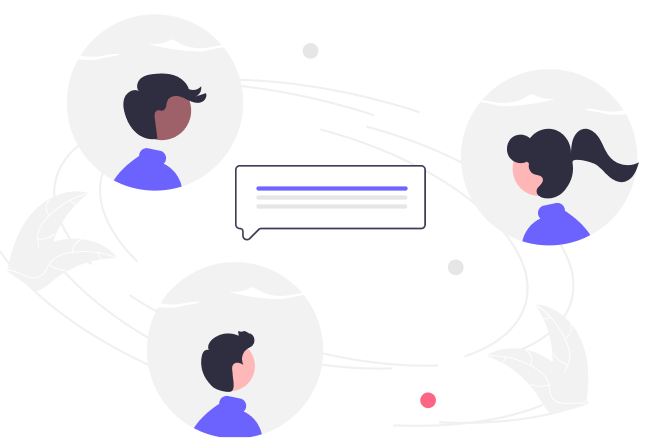
This online training course is a high level introduction to Python, a dynamic language popular for web development, IT security, big data, science, and scripting. This Python online training course covers setting up your computer to utilize Python, creating programs, string operations, tuple operations, input and output collection and manipulation, connecting to a database and executing queries, Python threading, and more!
- 24 Sections
- 127 Lessons
- 0m Duration
Introduction
2 Lessons
Installing and Configuring Python
3 Lessons
Hello World!
3 Lessons
Variables
2 Lessons
Data Types
5 Lessons
Checking Datatypes
1 Lesson
Strings
14 Lessons
Lists
11 Lessons
Tuples
8 Lessons
Sets
3 Lessons
Basic Operators
7 Lessons
Conditional Flow
5 Lessons
Loops
3 Lessons
Control Statements
3 Lessons
Exercises
1 Lesson
Dictionaries
15 Lessons
Functions
13 Lessons
Modules
3 Lessons
Date and Time
5 Lessons
Input Output
3 Lessons
Exceptions
4 Lessons
Classes and Objects
9 Lessons
GUI
4 Lessons
24. Capstone Project: Building a Complete App
Free
Course Includes
- Setting up a computer to utilize the Python technology
- Create programs and learn various syntactical rules
- How to assign variable values and about the different types of variables that Python supports
- Various string operations
- List operations
- Tuple operations
- Available operations for dealing with numbers in Python
- Pythonic operators
- How to use if statements to execute code conditionally
- Using and controlling standard looping ability in Python
- Use of the dictionary data structure
- Time manipulation and formatting
- Define, use, and return functions
- Python modules in your application
- Input/Output collection and manipulation
- Defining, raising and handling exceptions
- Classing and object oriented terminology
- Regular expressions matching and searching
- Types of sockets and their respective options
- Python threading and how to use it in code
- GUI abilities, specifically the provided tkInter


